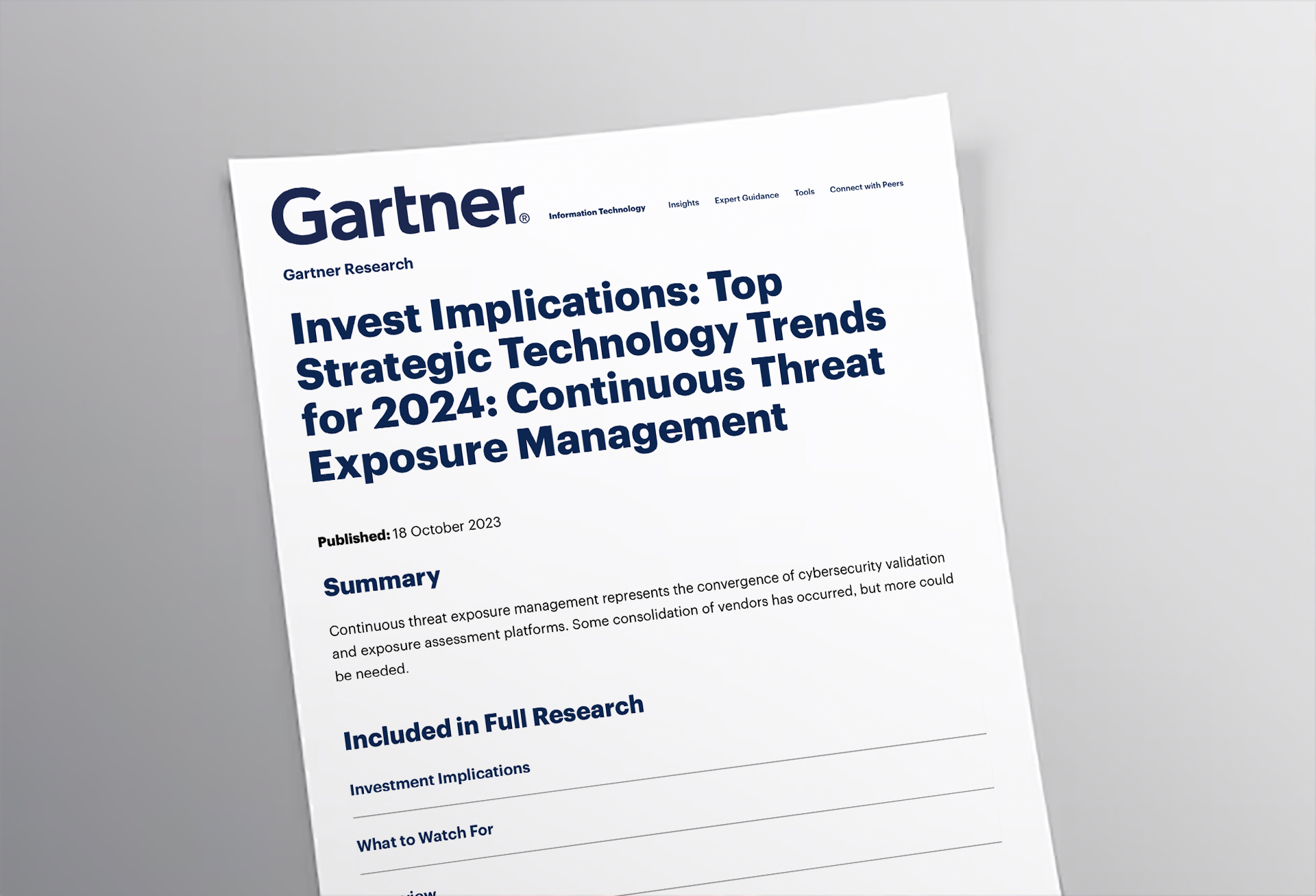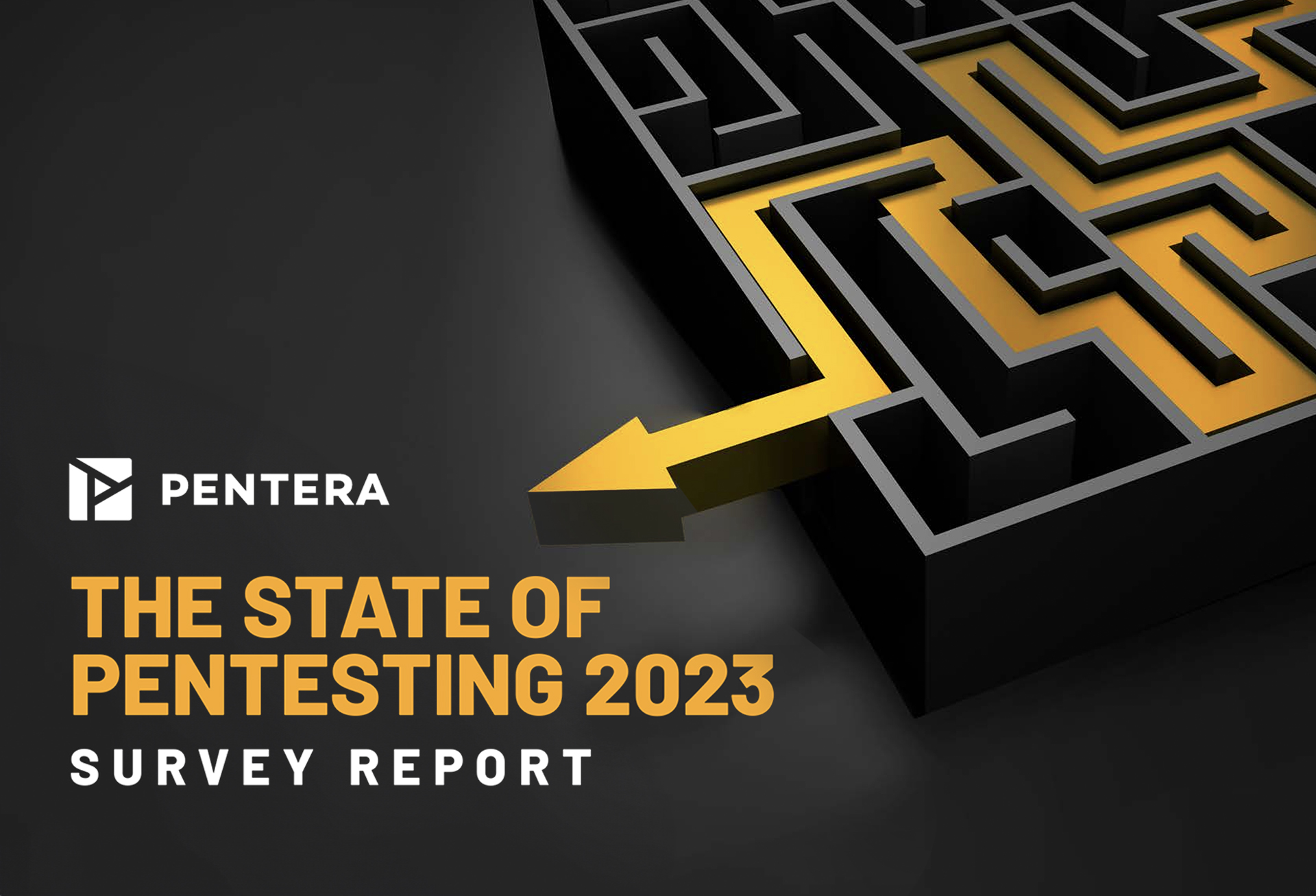The new SEC guidelines released July 26 2023 and effective December 18 2023 mark a significant shift in how organizations must approach cybersecurity. The U.S. Securities and Exchange Commission (SEC) is taking more stringent steps to ensure that public companies are adequately managing and disclosing their cybersecurity risks, putting increased pressure on CISOs and their security programs. Here’s what you need to know.
Understanding the New SEC Cybersecurity Guidelines
The SEC’s new regulations mandate that publicly traded companies disclose material cybersecurity incidents within four business days. This requirement emphasizes transparency and aims to protect investors by ensuring they are informed about cyber risks that could potentially affect a company’s financial performance. Additionally, the guidelines require companies to share their cybersecurity risk management strategies, governance, and the board’s oversight of cybersecurity.
This responsibility elevates the role of the CISO to not just manage cybersecurity but also to communicate risks, and their respective mitigation efforts, effectively to the board and investors. The guidelines compel CISOs to ensure that cybersecurity incidents are promptly identified, assessed, and disclosed as required.
How the New SEC Guidelines Impact Cybersecurity Programs
The SEC’s guidelines fundamentally alter how organizations must approach their cybersecurity frameworks. Companies can no longer rely solely on periodic security assessments or outdated incident response plans. Instead, there’s a growing need for real-time incident reporting mechanisms.
Incident Reporting and Documentation
- Timelines Matter: Under the new SEC rules, companies are required to report any material cybersecurity incidents within four business days of determining the incident’s materiality. The “materiality” threshold is key here: once a company determines that an incident has a substantial impact on its business operations, assets, or customers, the clock starts ticking. In practice, this timeline means that CISOs must have clear, efficient protocols in place to swiftly assess the severity of incidents. This includes not only detecting and responding to the threat but also coordinating with legal and compliance teams to assess whether the incident meets the materiality threshold as defined by the SEC. The additional threat of not having attacks fully contained also adds risk that the breadth and depth of the incident is fully understood.
- Preparation and Speed: Incident reporting within four days leaves little room for delay, making rapid internal communication and efficient incident escalation critical. Organizations need to ensure that their incident response teams are equipped with tools that allow for quick identification and containment of the incident, as well as the ability to assess its broader business impact. This often involves automated logging, real-time analytics, and clear workflows that streamline incident assessment and reporting processes.
- Potential Consequences: Failure to meet the SEC’s four-day reporting requirement could expose companies to regulatory penalties such as fines or a halting of trading. Additionally, delayed reporting might result in reputational damage or a loss of trust with investors. This makes it crucial for companies to integrate reporting readiness into their overall cybersecurity strategy.
What Defines Materiality Under the New SEC Cybersecurity Guidelines?
The SEC’s guidelines do not prescribe an exact definition of “materiality,” but they rely on a well-established legal principle: something is considered „material“ if there is a substantial likelihood that a reasonable investor would consider it important in making an investment decision.
- Does it have an Impact on Financial Performance?
If a cybersecurity incident results in significant financial loss, damages assets, or interrupts business operations to the extent that it affects the company’s earnings or future revenue potential, it meets the materiality threshold. Examples of this can include ransomware attacks that halt production, breaches that compromise sensitive financial data, or theft of intellectual property that affects the company’s market competitiveness.
- Are there Legal and Compliance Risks?
If the incident exposes the company to regulatory non-compliance that could lead to substantial legal costs or penalties, the materiality threshold may be met. For example, a data breach that violates PCI-DSS , GDPR, CPRA or HIPAA regulations, leading to a fine, would likely be considered material.
- Is there Reputation and Brand Damage?
Cyber incidents that significantly damage the company’s reputation, leading to loss of customers or market share, can be deemed material. Investors may view these reputational harms as affecting the long-term sustainability of the business. For instance, a high-profile data breach that results in a public relations crisis could trigger the materiality threshold.
- Is there Operational Disruption?
Materiality can also be determined by the operational impact of the breach, such as incidents that disable critical systems or services, disrupt the supply chain, or force the company to halt its operations for an extended period. An example might be a cyberattack that disrupts a manufacturing plant’s production for several days, affecting delivery timelines and customer contracts.
- What is the Potential Future Impact?
Even if the immediate financial or operational impact of an incident seems minimal, it could still be material if it presents significant risks for the future. This could include exposure of sensitive customer data or intellectual property that could be exploited later.
For instance, the exposure of customer PII (personally identifiable information) in a breach could lead to future regulatory actions or erode customer trust, leading to long-term financial impact.
- What is the Magnitude and Scope?
The scope of the incident (how many systems or customers are affected) and the magnitude (how critical the affected systems are to business operations) both play a role in determining materiality.
For example, a breach involving millions of customer records or compromising a key revenue-generating platform would likely be considered material.
Aligning Board Priorities with the New SEC Compliance Guidelines
One of the most critical changes is the heightened expectation for board involvement in cybersecurity oversight. The SEC guidelines stipulate that companies disclose how their boards oversee cybersecurity risks, including whether the board or a specific committee is responsible for this oversight and how frequently they are briefed on these matters.
CISOs must now work more closely with their boards, ensuring that board members are well-informed about the company’s cybersecurity posture, the risks it faces, and the measures in place to mitigate these risks. This requires translating technical cybersecurity issues into language that resonates with board members, focusing on business risk and the potential financial impact of cybersecurity incidents.
Preparing for Regulatory Scrutiny
The SEC’s guidelines underscore the importance of readiness for regulatory scrutiny. Companies must not only manage cybersecurity risks effectively but also be prepared to demonstrate their efforts to regulators. This involves maintaining detailed records of all cybersecurity activities, including risk assessments, penetration testing results, and incident reports.
Organizations should incorporate tools that automate and streamline the documentation of these activities, ensuring that they are always audit-ready. By doing so, CISOs can reduce the administrative burden of compliance while enhancing their organization’s ability to respond swiftly to regulatory inquiries.
Embracing the New Normal Under the New SEC Cybersecurity Guidelines
The new SEC guidelines are a wake-up call for organizations to elevate their cybersecurity programs to meet these high standards of transparency and accountability. For CISOs, this means adopting a more proactive approach to cybersecurity, one that involves continuous validation, strategic board communication, efficient reporting processes, and readiness for regulatory scrutiny.
By aligning cybersecurity efforts with these new guidelines, CISOs can not only achieve compliance but also enhance their organization’s resilience against the ever-evolving cyber threat landscape.
More information on the SEC and cybersecurity can be found here.
The Commission Statement and Guidance on Public Company Cybersecurity Disclosures can be found here.
For organizations looking to stay ahead of the curve, now is the time to invest in advanced security validation tools that provide continuous insights into your true risk exposure. Learn how Pentera’s Automated Security Validation platform can help your organization meet these new challenges with confidence. Validate, remediate, repeat. This is the way.








